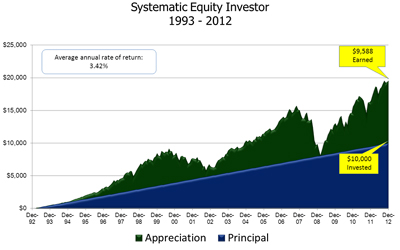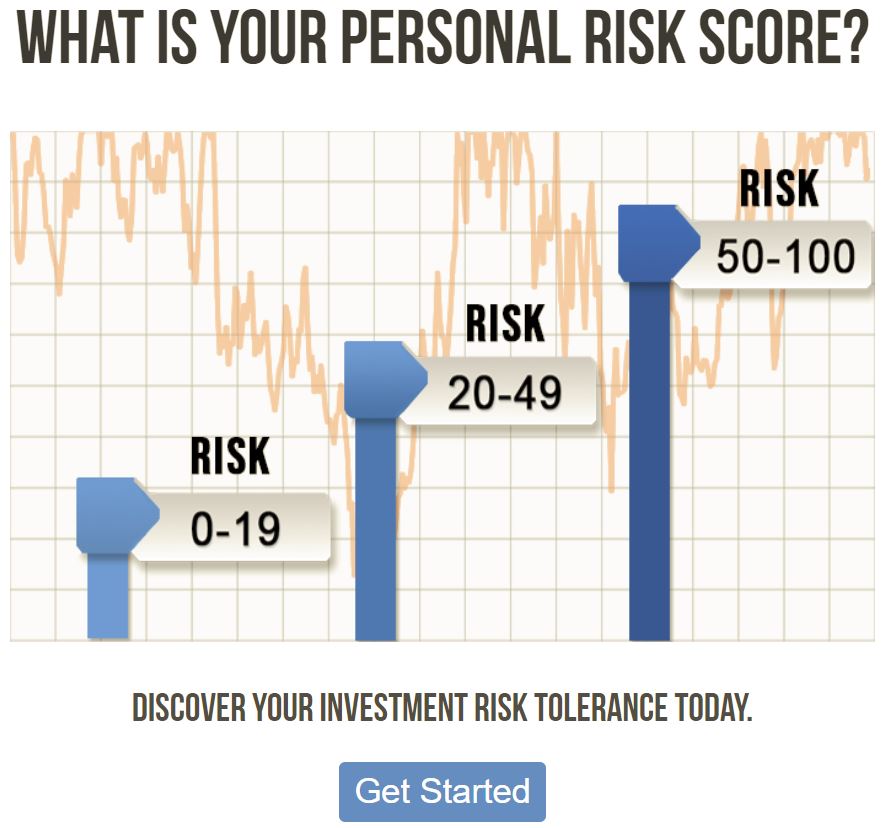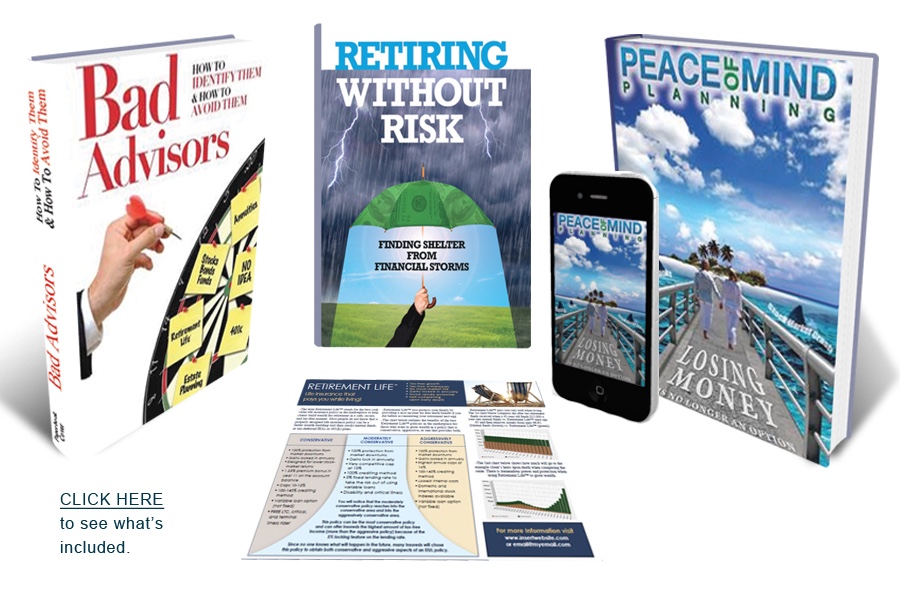When underperforming the S&P 500 is a good thing
By Jeff Benjamin
Copyright Investment News
Matching the index last year would have involved too much risk
As financial advisers roll through annual client reviews, many will face the task of having to explain how their portfolio strategies so badly lagged the 13.7% gain by the S&P 500 Index last year.
Fact is, a truly diversified investment portfolio should have returned less than 5% in 2014. It was that kind of year. Any adviser who generated returns close to the S&P was taking on way too much risk, and should probably be fired.
Blame the ever-expanding financial media or the increased awareness among investors, but there is no getting around the reality that clients have become programmed to dwell on the performance of a few high-profile benchmarks.
“Sure, the S&P 500 had a good 2014, and if you had all or most of your money invested in [that index], you did, too,” said Ed Butowsky, managing partner at Chapwood Capital Investment Management. “But what were you doing with most of your money in a single index?”
Most years, a globally diversified portfolio that spans multiple asset classes can hold its own relative to something like the S&P. But when a year like 2014 happens and the S&P essentially laps the field, financial advisers who have done their job might suddenly feel as if they have to make excuses for doing the right thing.
“Periods like 2014 are why people think they should just go buy the index,” said David Schneider, founder of Schneider Wealth Strategies.
“Investors tend to fixate on the S&P because it’s the most famous index out there, and when it outperforms everything, it just makes the case for passive investing for all the wrong reasons,” he added. “People think they can just get rid of foreign stocks.”
While long-dated U.S. Treasuries emerged as a surprise outperformer last year with a 27.4% gain, most risk assets around the world didn’t even show up for the game.
Developed markets, as represented by the MSCI EAFE Index, fell 4.9% last year, and the MSCI Emerging Markets Index fell 2.2%.
SMALL CAP LAGGED
Midsize companies, as tracked by the Russell Midcap Index, generated a 13.2% gain last year and almost kept pace with the larger companies that make up the S&P 500. But the 4.9% gain by the Russell 2000 small-cap index shows that smaller companies were not really participating.
With everything packaged into a diversified portfolio, it would have been near impossible to generate anything eye-popping last year.
Applying allocations based on Morningstar Inc.‘s five main target risk indexes, ranging from conservative to aggressive, the best performance last year would have been 5.23%, which includes a 1.51% decline during the second half of the year.
To get that full-year return would have required a 91% allocation to stocks, divided between 59% in U.S. stocks and 32% in foreign stocks.
That portfolio, Morningstar’s most aggressive, also included 4% in domestic bonds, 1% in foreign bonds and 4% in commodities, as an inflation hedge.
On the other end of the spectrum, the most conservative Morningstar portfolio had just an 18% allocation to stocks, including 13% domestic and 5% foreign. The 61% fixed-income weighting had 50.5% in domestic bonds and 10.5% in foreign bonds. The 10.5% inflation hedge included 2% in commodities and 8.5% in Treasury inflation-protected securities.
HISTORY LESSON
That portfolio gained just 3.38% last year but fell 0.73% during the second half of the year.
“History has taught us that at the beginning of any 12-month period, stocks have as good a chance of gaining 44% as they do of losing 25%,” Mr. Butowsky said.
The onus is always on advisers to turn years like 2014 into teachable moments with clients, and a lot of advisers are doing exactly that.
Thomas Balcom, founder of 1650 Wealth Management, took a proactive approach in December by addressing the issue in his holiday greeting card message, which focused on “not putting all your eggs in one basket.”
“My clients were definitely surprised they weren’t up as much as the S&P, because everyone uses the S&P as their personal benchmark,” he said. “But we had things like commodity exposure and international stocks that were both down last year, and that doesn’t help when clients see the S&P reaching record highs.”
Veteran advisers recognize 2014 as a truly unique year for the global financial markets.
In 2013, for example, when the S&P gained 32.4%, developed international stocks gained 22.8%. But domestically, the S&P was outpaced by both mid- and small-cap indexes, meaning a diversified portfolio was riding on more than just the S&P’s positive numbers.
Prior to 2013, the S&P had outperformed international developed- and emerging-market stocks on only three other occasions since 2000. Domestically, the S&P has outperformed midcap and small-cap stocks only one other time since 2000, in 2011, with a 2.1% gain.
“It’s tough dealing with clients, because the S&P is the benchmark you can turn on the TV and hear about, and everybody wants to know why they aren’t experiencing the same returns as the S&P,” said Michael Baker, a partner at Vertex Capital Advisors.
“The S&P 500 really just represents one asset class — large-cap stocks,” he added. “And most investors only have about 15% allocated to large-cap stocks.”








